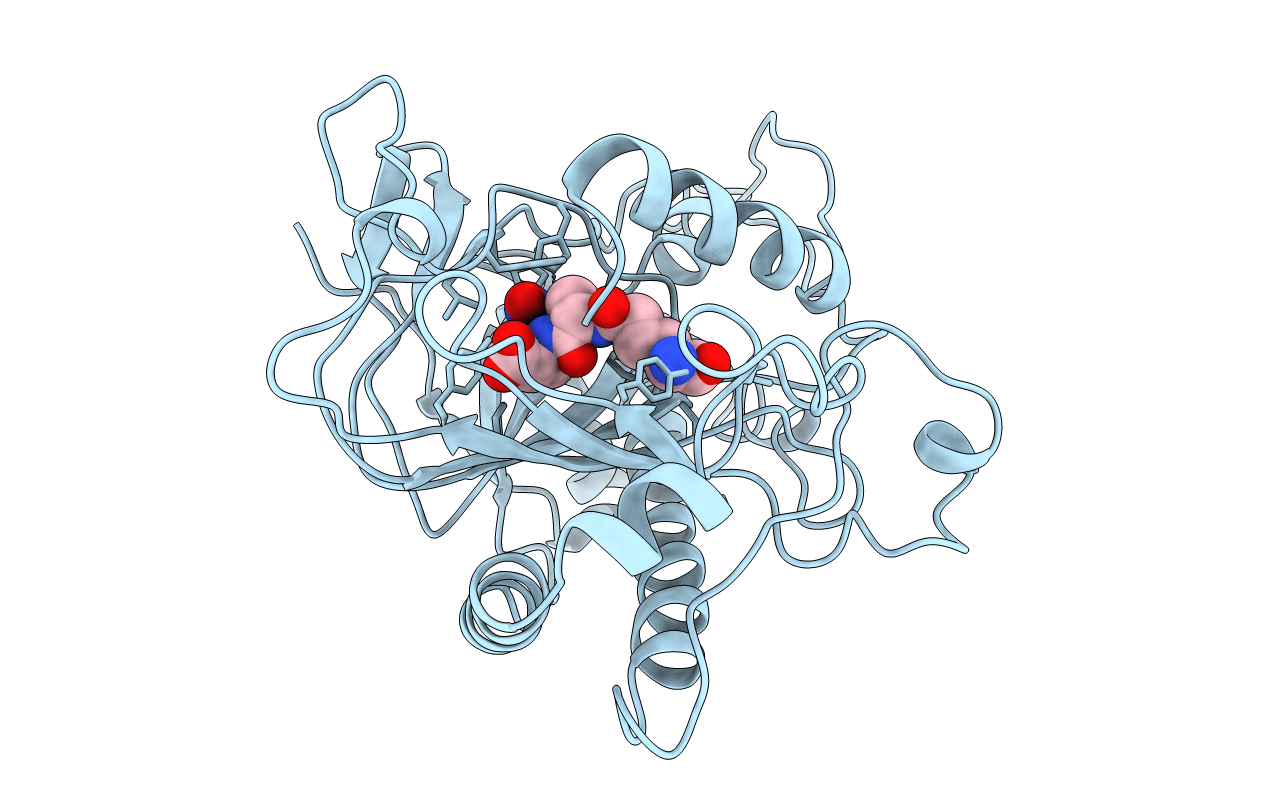
Deposition Date
1998-07-22
Release Date
1999-01-13
Last Version Date
2024-05-22
Entry Detail
PDB ID:
1BLZ
Keywords:
Title:
ISOPENICILLIN N SYNTHASE FROM ASPERGILLUS NIDULANS (ACV-FE-NO COMPLEX)
Biological Source:
Source Organism:
Emericella nidulans (Taxon ID: 162425)
Host Organism:
Method Details:
Experimental Method:
Resolution:
1.45 Å
R-Value Free:
0.21
R-Value Work:
0.20
Space Group:
P 21 21 21


